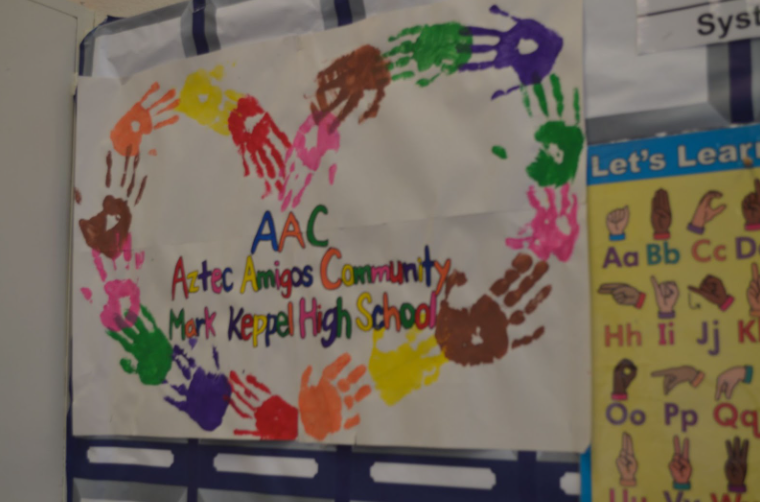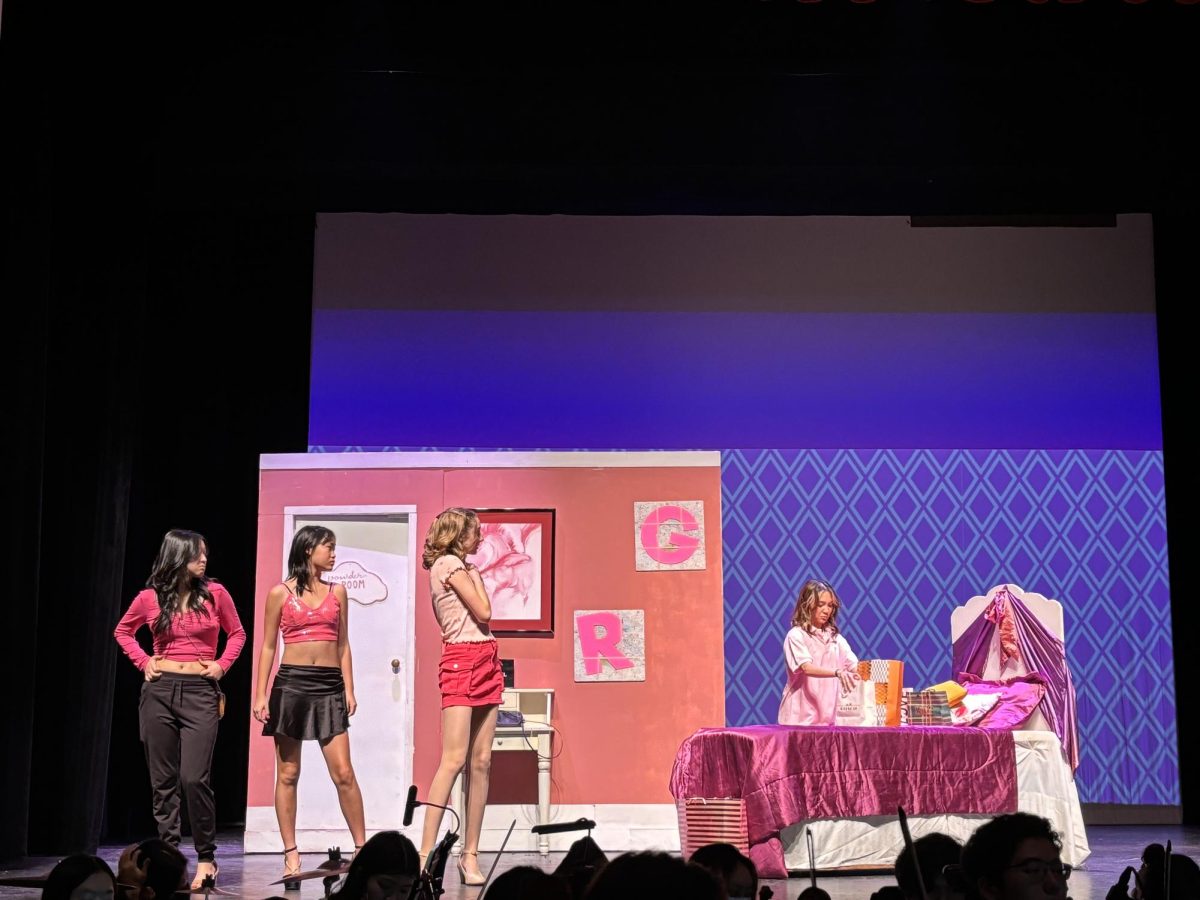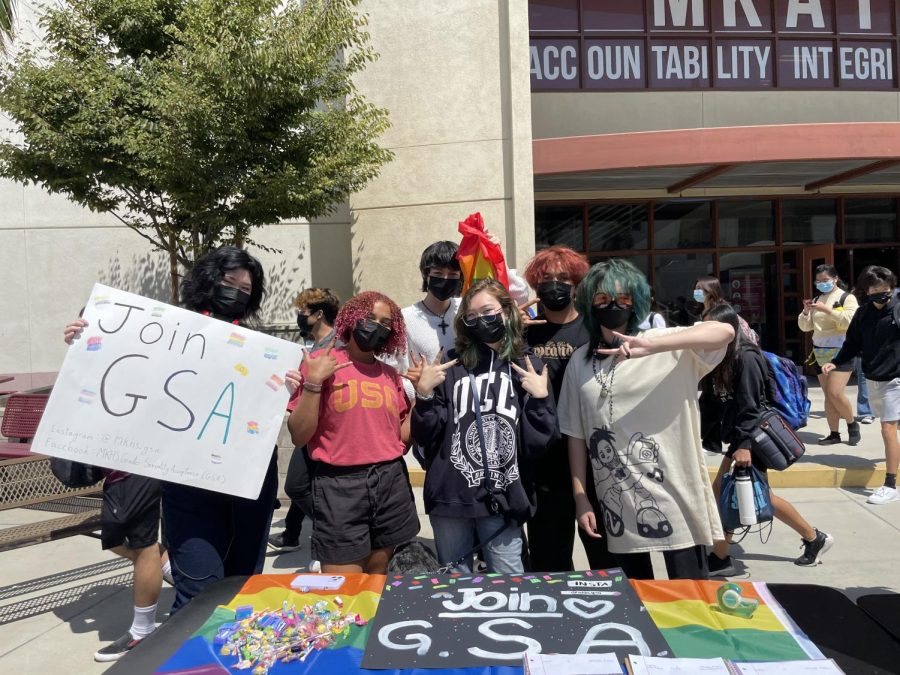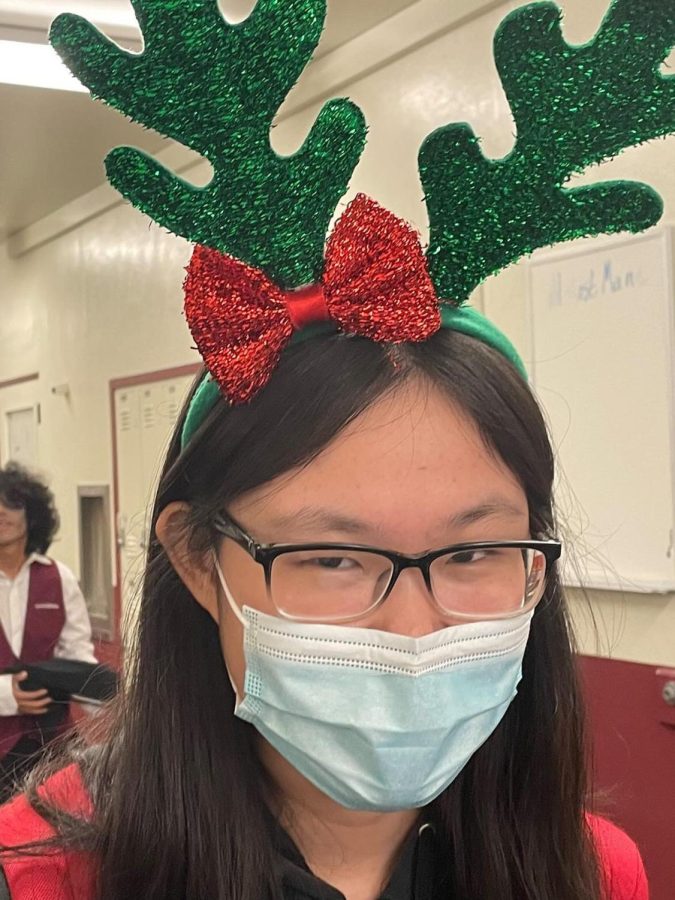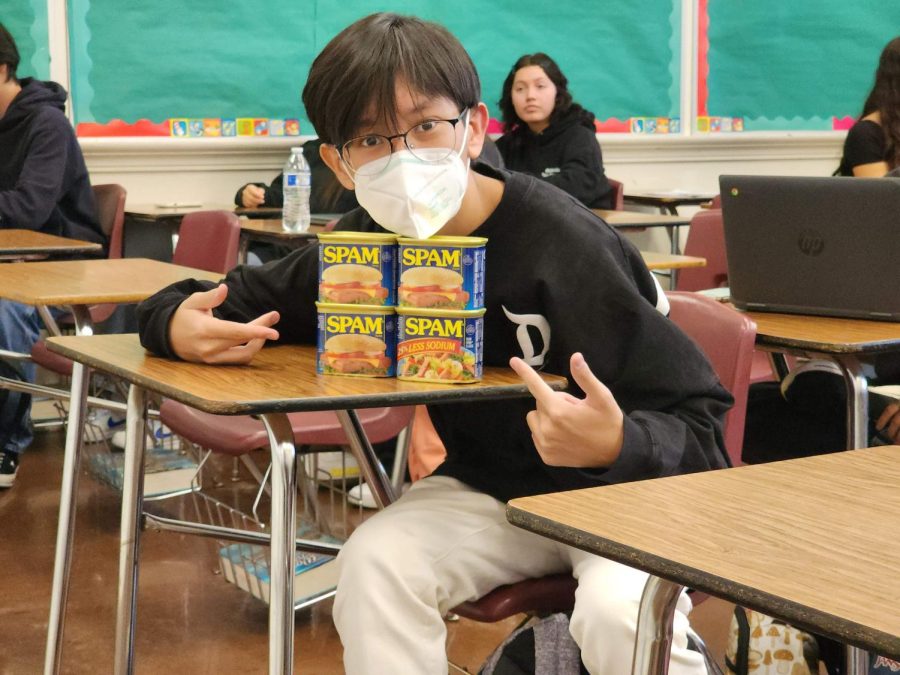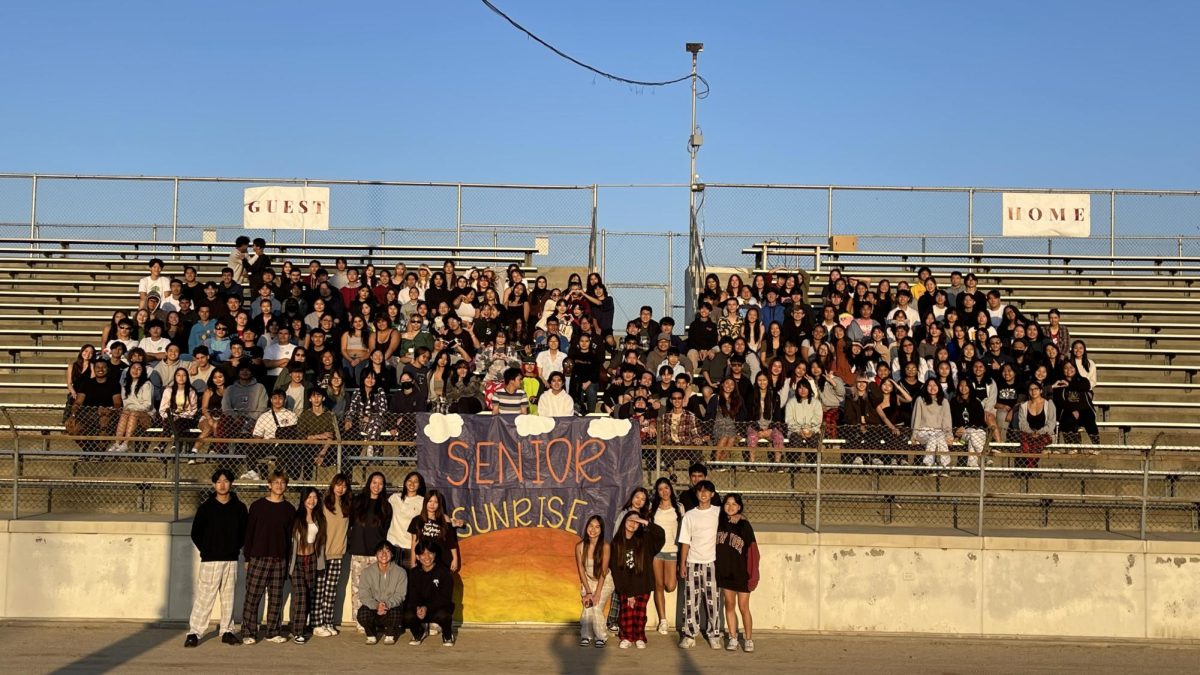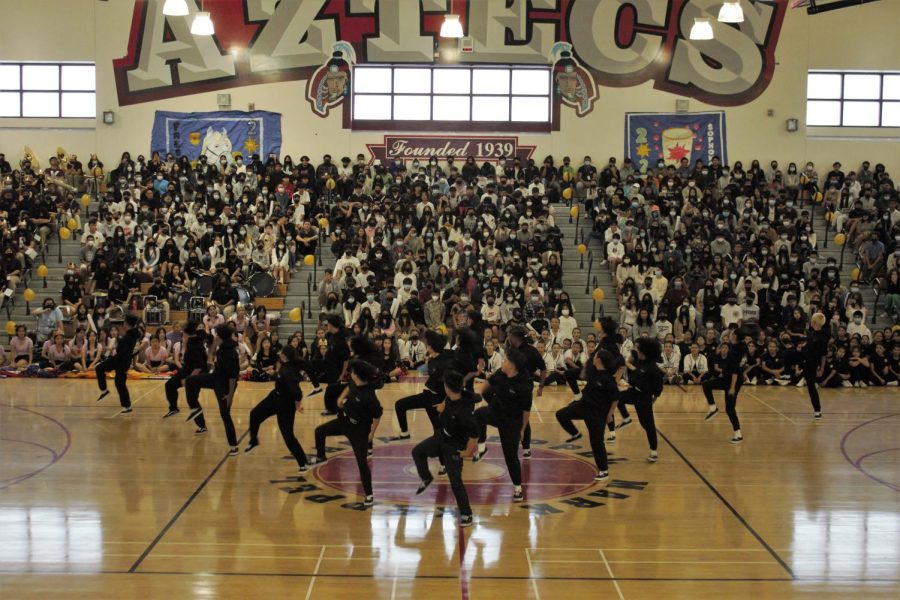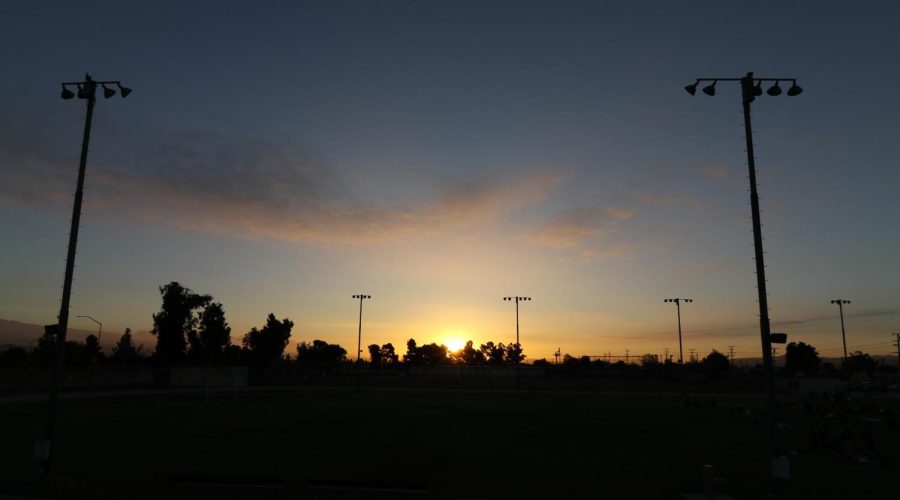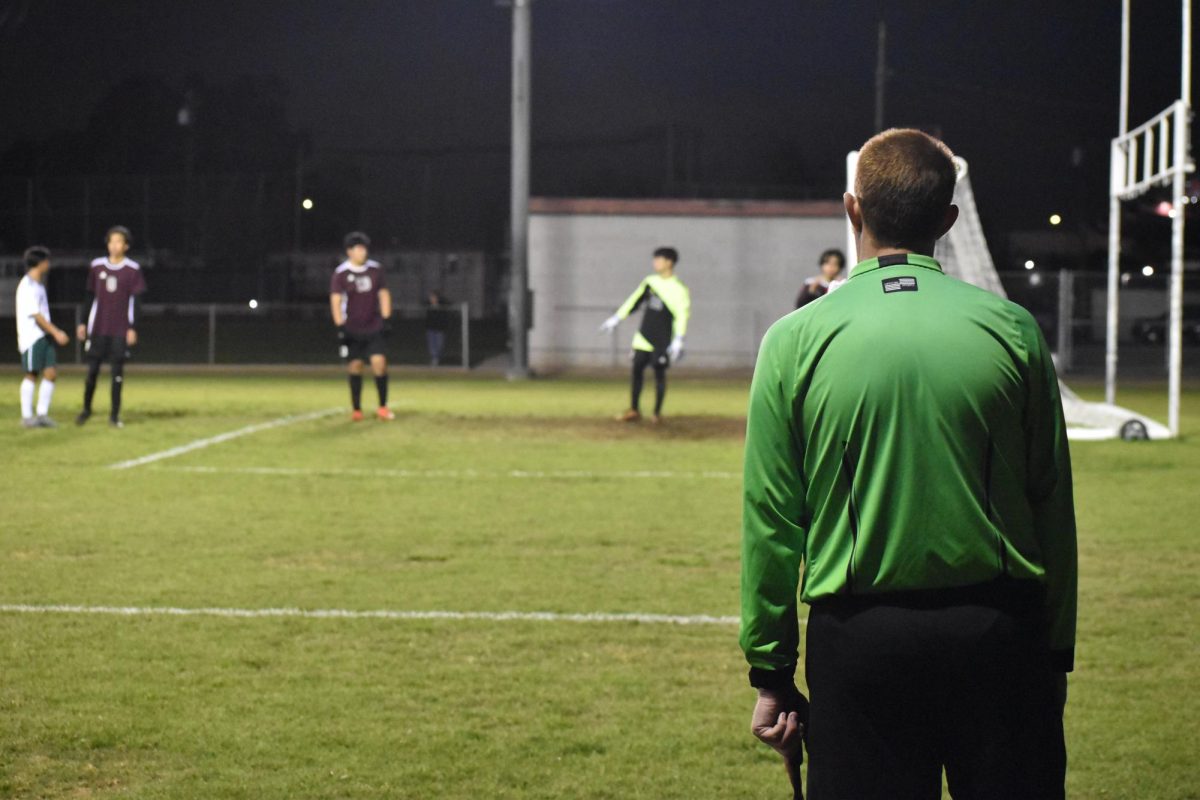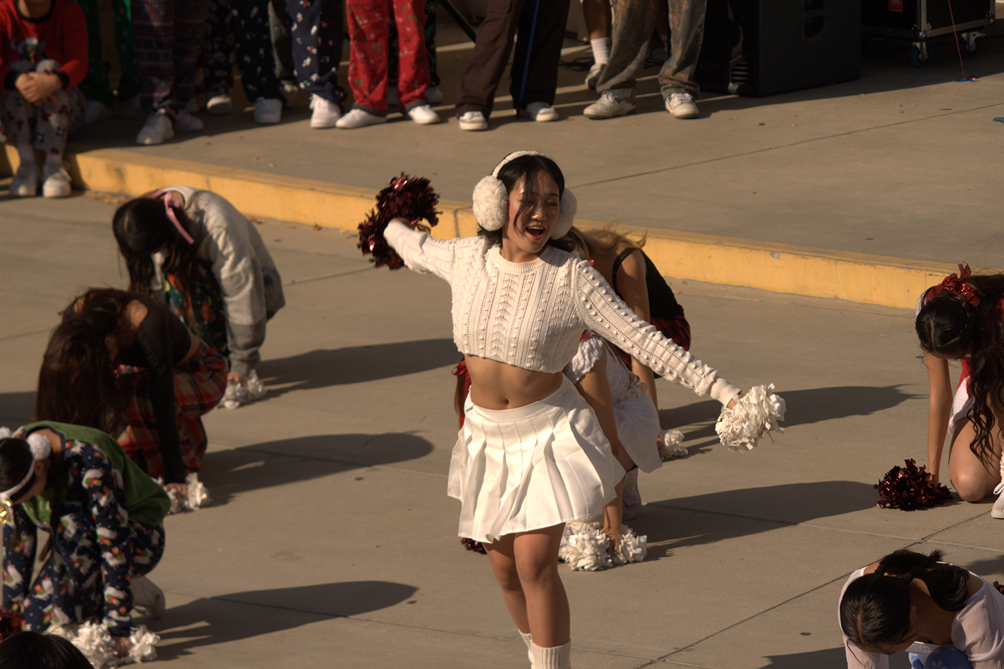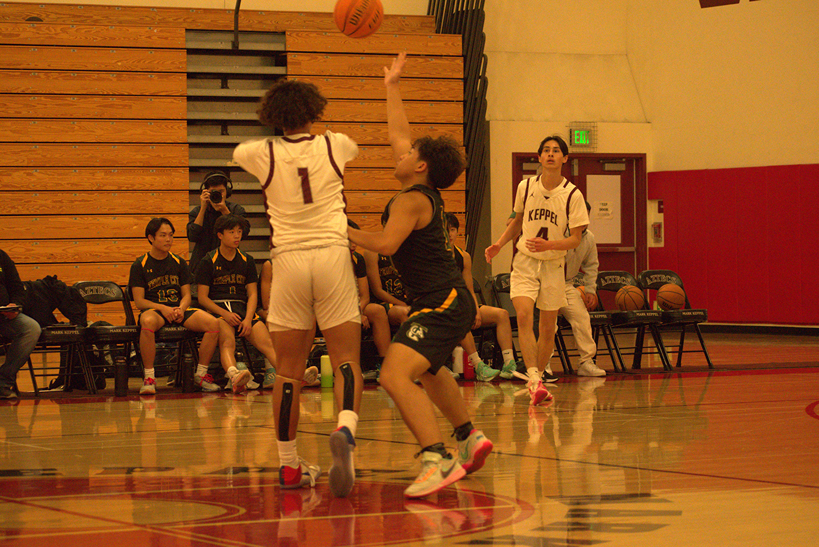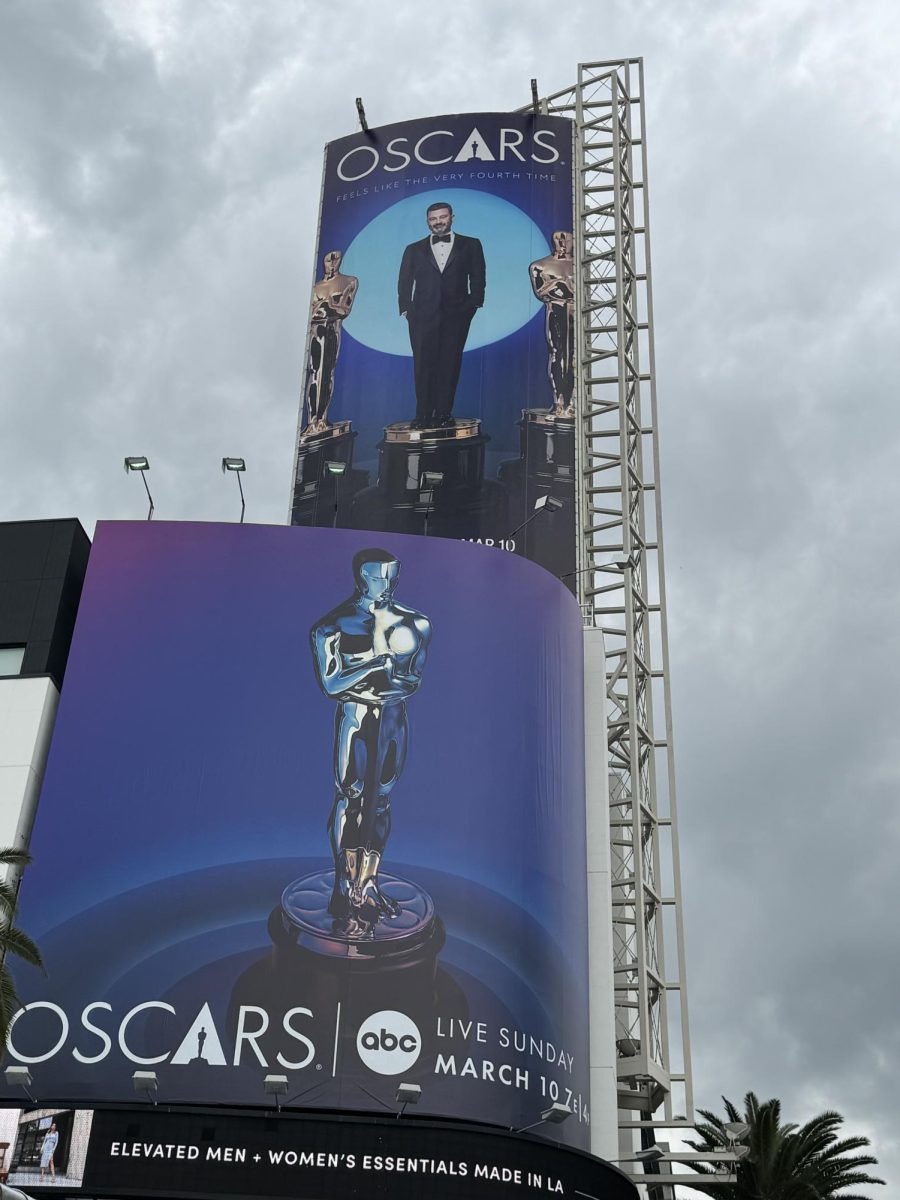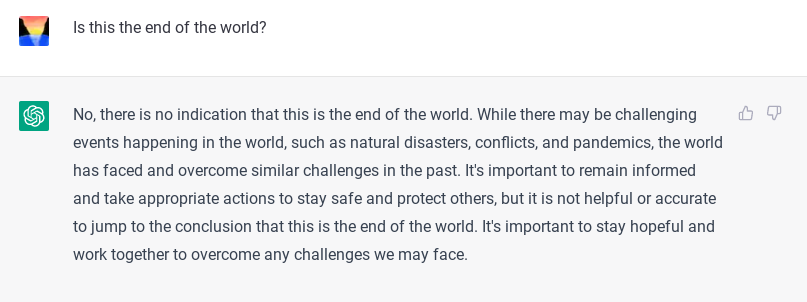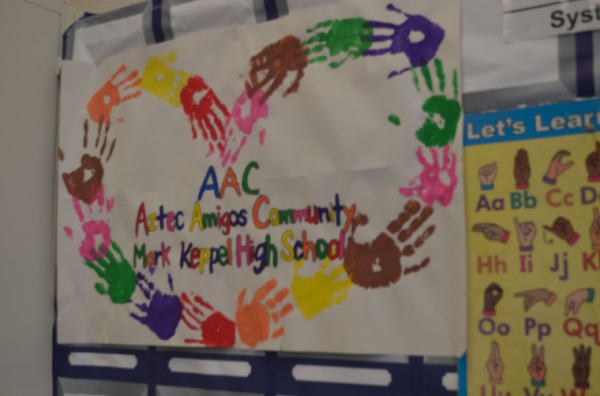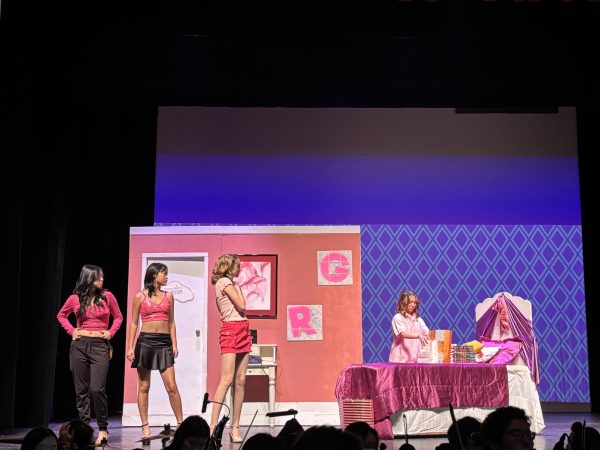The Lasting Effects of the Model Minority Myth on the AAPI Community
(The Aztec News will be starting a new submission category called “Letter to the Editors,” where Mark Keppel students may share their experiences as a member of the AAPI community. Email your stories to: [email protected] and end with your student ID number for confirmation.)
May 7, 2021
From “tiger moms” and “mathematicians” to “musical prodigies,” the Model Minority Myth has plagued the Asian-American community for decades. The myth is a stereotype that portrays Asian-Americans as more hard-working, problem-free, and successful compared to other minority races.
According to nonprofit organization Stop AAPI Hate, since the coronavirus pandemic swept the world in 2020, there have been over 3,800 hate-related incidents directly targeting Asian-Americans. While some of them are racially motivated, others are based on stereotypes ingrained into American culture. The Model Minority Myth perpetuates that Asian-Americans are hard-working, but also “nerdy” and easy targets to pick on. Alex Ho, a senior attending Mark Keppel, states, “Having been raised as an Asian-American, I’ve always been immersed in this life of educational perseverance. However, this question doesn’t pertain to just myself. Not everyone was raised or born the same way.” He adds that“
In essence, I see the model minority myth as nothing but a fantasy to alienate and characterize Asian Americans as a group that not everyone necessarily fits into.
— Alex Ho
The misconception of what Asian-Americans “are” has posed challenges on the AAPI community. Senior Nicole Wu says, “The model minority myth pits different minority groups against each other through a very subtle and calculating manner.” A core part of the myth depicts Asian-Americans as more successful and educated, diminishing the possibility that Asian-Americans go through the same struggles other minorities do. “The model minority myth automatically characterizes everyone associated as being part of this narrow perception of life,” says Wu.
Other stereotypes such as being “submissive” and “problem-free” have been outlets for people to initiate violent and deadly attacks against Asian-Americans. Wu worries for her “elderly family members because it could be them next.” The increasing number of attacks has also initiated other conversations addressing racism against all minority races. Ho states, “To discriminate against another race is an act against humanity. Even if we may be born different, that doesn’t give any single person the right to lash out at another person just because they don’t like them for who they are.” He continues, highlighting that the recent spike in violence is a “testament to just how biased, violent, and stubborn modern American society has become.” The rise in hate crimes sparks a discussion of the role the Model Minority Myth has played in these violent attacks. Although some may believe that the Model Minority Myth only benefits Asian-Americans because it paints them in a “positive” light, they fail to realize that these stereotypes have only placed the AAPI community at further risk of racism and bigotry.

